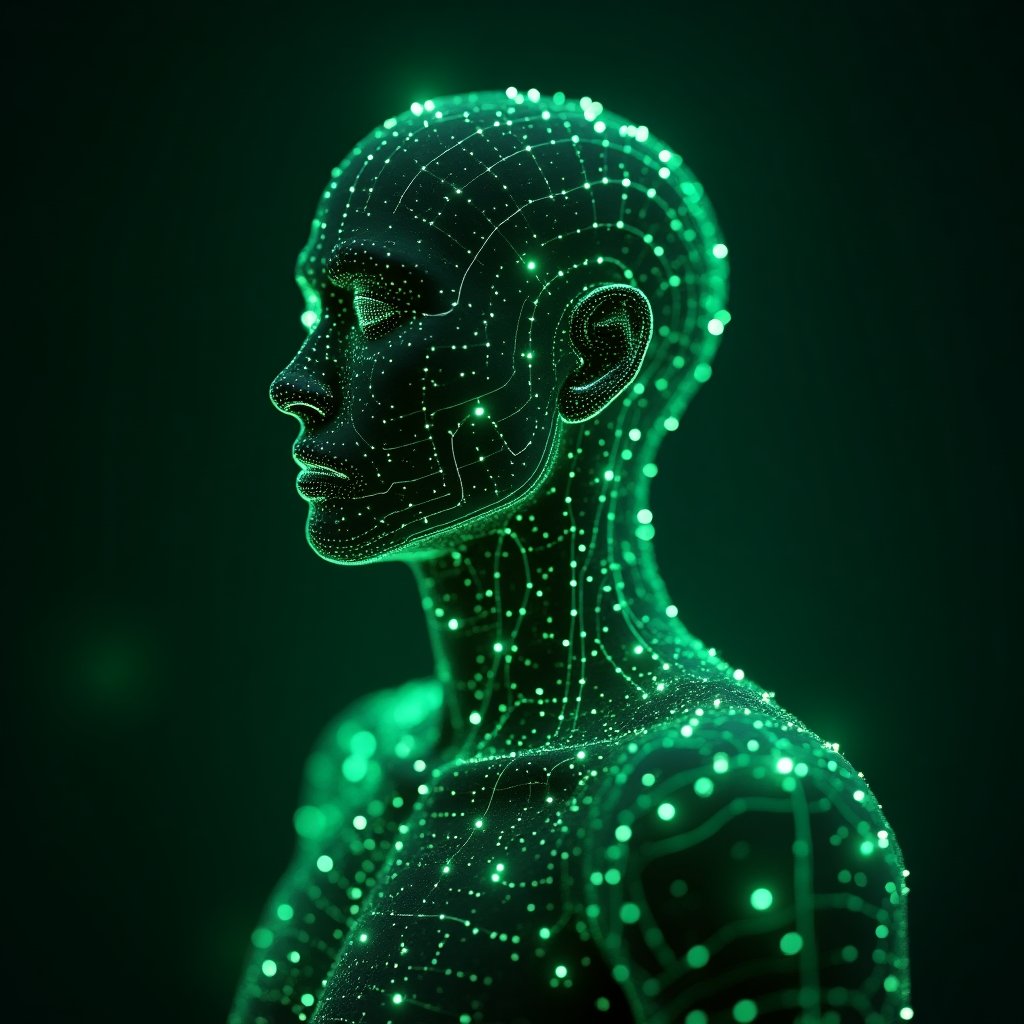If you, like billions of others, are on a constant uphill battle with your high-school math problems or just love like I do to indulge in the marvels of tech innovation, here's some news that might make your day. A research paper released by the tech giant, Microsoft, reveals a revolutionary large language model (LLM) that can improve itself. It's like software that not only learns but becomes its own tutor. Sounds like a line from a sci-fi movie, right? Let me assure you, we're not filming The Matrix: This is real.
Microsoft's innovation, lovingly titled RAR Math, isn't just another LLM; it's a groundbreaking piece of technology that illustrates how even small LLMs can master the mysterious realms of math reasoning through self-evolved deep thinking. The awe begins with the research paper, “RAR Math: Small LLMs Can Master Math Reasoning with Self-Evolved Deep Thinking.” The document promises, and delivers, the concept of a model that evolves its genius by harnessing its cerebral prowess. Essentially, it can, in a manner reminiscent of human cognition, use its own insights to make itself smarter.
TheAIGRID, a YouTube channel enthusiastically covering the RAR Math research, delves deep into how these models could rival benchmarks set by OpenAI's formidable models like GPT-4. Without resorting to tasks like model distillation, which typically involves one model teaching another smaller counterpart, RAR Math could potentially outperform what many experts presumed was the gold standard in AI sophistication.
The big question here is how? Let’s unravel this computing miracle with a thorough peek into the mechanism behind this mathematical marvel.
The Magic Behind the Model: Monte Carlo Tree Search
Borrowing wisdom from the strategic gameplay of chess algorithms, RAR Math’s accolade rests on Monte Carlo Tree Search – a feisty little search algorithm capable of revolutionizing thinking processes. The AI uses Monte Carlo Tree Search to find solutions by exploring vast ranges of possibilities, much like a person pondering the repercussions of their choices in life decisions. Unlike your average Joe figuring out what to have for dinner, though, RAR Math evaluates, learns, and recomputes till the optimum solution brightens the room.
This approach not only sounds like a brain teaser but acts as one. Imagine yourself in front of an intricate decision tree, each node a possibility of solving your complex math conundrum. The small LLM assigns what we call Q-values to steps, thereby determining their validity and prowess towards reaching a solution. Incorrect verdicts are given low Q-values, while the correct ones vest brighter hues. This evaluation results ultimately refine the AI's output, ensuring the evolution of its understanding.
One might think that such transcendental capability requires incredible computational power, but Microsoft’s new technology boasts of igniting this cerebral storm not from a supercomputer but from a modest 7 billion parameter model – considered scant in the AI world.
Self-Evolution: A Four-Step Waltz
RAR Math’s genius, you ask, comes from a four-step self-improvement process, all designed to not just understand a problem but to recreate a more heightened understanding of its mechanics. This involves:
1. **Terminal Guided Monte Carlo Research:** The AI focus here is to jump into initial problem-solving using its groundwork. Sounds conventional, but it's only step one.
2. **Introducing PPM R2:** Known as the process preference model, this scores outcomes from Step 1, while enhancing the AI's initial learning framework.
3. **Synthesis of Higher Quality Solutions:** With policies that now leverages improved reward models, the AI produces a more cogent system, profusely increasing the quality of solutions born out of this iteration.
4. **Emergence of the Final Model:** Armed with stronger policies and staunch capabilities, the AI launches towards state-of-the-art performance, establishing its repertoire as a frontrunner in realms of math.
Performing this intellectual ballet means the AI self-generates its training data beyond traditional models, fostering unprecedented levels of efficiency and independence. With no reliance on data-heavy frameworks or manual annotations, this evolution echoes the intellectual fortitude reminiscent of human prodigies.
Math, Code & Beyond: A Journey to Infinity
By now, you might be wondering, “Where does this leave our collective fear of AI dominance?” The potential ramifications are mind-boggling. Suppose this model expansion into areas like code reasoning or even broader AI applications. It then stands on the cusp of a new era. An era where AI isn't just an assistant in your smartphone app but a self-reliant, self-improving mind – in silicon terms, at least.
Already, RAR Math's benchmark scores throw shade at traditional thought processes. Its benchmarks within the USA Math Olympiad alone set scores indicating monstrous leaps from its initial predictions, overcoming both established models and OpenAI's incredible models like GPT-4.
One crucial aspect is its emergent ability for intrinsic self-reflection, a capability previously thought absent or inert within language models like these. Picture this: solving a math problem only to realize your path leads to a wrong destination, only to backtrack, recalibrate, and reforge an accurate solution. That's self-reflection – without human supervision or enhanced debugging scenarios. The AI rewards itself for correct answers, much like our dopamine reward pathways in human learning processes.
Unleashing the Beast: A Thoughtful Revolution
While the internet pervades with curious debates on feared AI supremacy, Eric Schmidt, former Google CEO, adds to the conversation reminding us that these developments are indeed moving towards fully self-improving AI. This possibility, if nurtured with care, could break the chains binding traditional models, ensuing models with a relentless appetite for knowledge.
This forebears the question – will we harness these robust AI capabilities, or do we risk unleashing an uncontrollable surge? As with most technological shifts, these narratives often demand the societal prowess of ethos alongside regulatory balances. At this precipice, we're invited to a table where ethical practices meet revolutionary technology, a dance so well-choreographed, and yet demanding thoughtful oversight.
So folks, what’s your play in this evolving digital scape? Will self-improving AI redefine our futures, or are these technologies a Pandora's box waiting to be accidentally unlatched? As part of the iNthacity community, I welcome you to reflect, discuss, and drive forward – and don’t forget to become part of the "Shining City on the Web".
In this story of intellect and curiosity, we invite you to pause and reflect: Do self-improving AIs echo both apprehension and allure within your sphere? How far does AI need to progress before its capabilities overshadow human oversight? Comment below, share your thoughts, and join us as we chart this exhilarating course to tomorrow's web.
Wait! There's more...check out our gripping short story that continues the journey: The Obsidian Stargazer
Disclaimer: This article may contain affiliate links. If you click on these links and make a purchase, we may receive a commission at no additional cost to you. Our recommendations and reviews are always independent and objective, aiming to provide you with the best information and resources.
Get Exclusive Stories, Photos, Art & Offers - Subscribe Today!


























1 comment